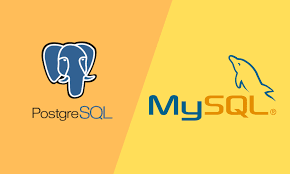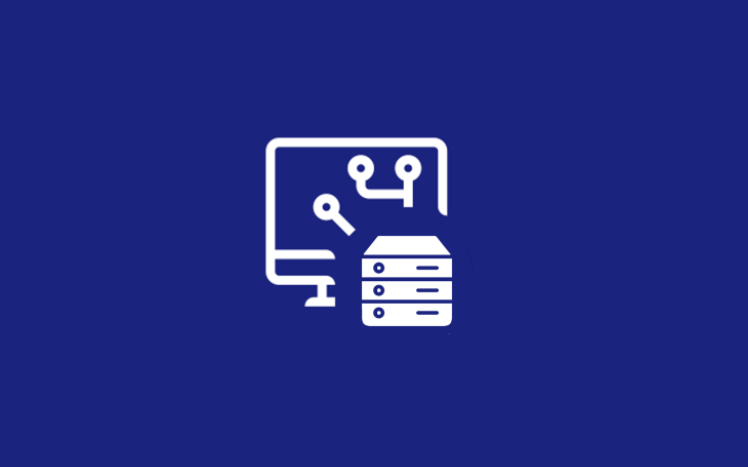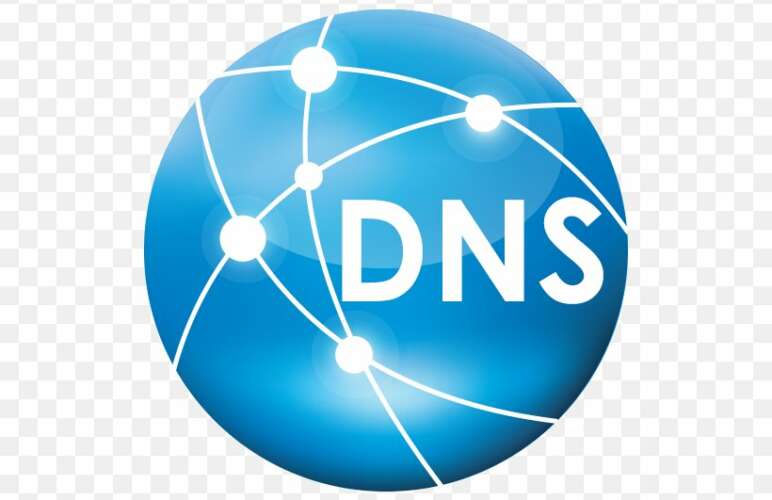Comparing Postgres and MySQL

Jump To...
The Essential Functions and Strengths of Databases
Data encompasses a vast array of observations and information. The growing interconnectivity facilitated by the internet has prompted developers to recognize the essential nature of efficient data management. In today’s corporate landscape, data serves diverse purposes, ranging from risk mitigation to evaluating the viability of potential clients. The increasing global demand for data underscores the necessity for robust and flexible databases to handle this substantial volume effectively. This article conducts a comparison between PostgreSQL and MySQL, the two most commonly utilized open-source databases for WordPress. Initially, let’s delve deeper into the constituents constituting WordPress databases.
Databases in WordPress
Word Press stands out as a preferred hosting platform for numerous businesses, enjoying widespread adoption with a significant percentage of content management systems being powered by it. This popularity is attributed to its user-friendly interface, making it an excellent choice, especially for those new to website management. Despite its accessibility without prior coding experience, having a grasp of its components, notably databases, can enhance one’s understanding of its inner workings.
The core of a functioning website lies in its WordPress database. This critical element serves as the bedrock, meticulously managing every aspect, from blog posts to user comments and modifications. The seamless loading and operation of a website are contingent upon the efficiency and reliability of the chosen database system.
In pursuit of an ideal database solution, scalability, cost-effectiveness, and adaptability are paramount considerations. The good news is that several open-source databases, including MySQL and PostgreSQL, are available to seamlessly support data administration within the WordPress platform. In this article, we will delve deeper into a comparative exploration of MySQL and PostgreSQL, examining their suitability for WordPress databases.
MySQL
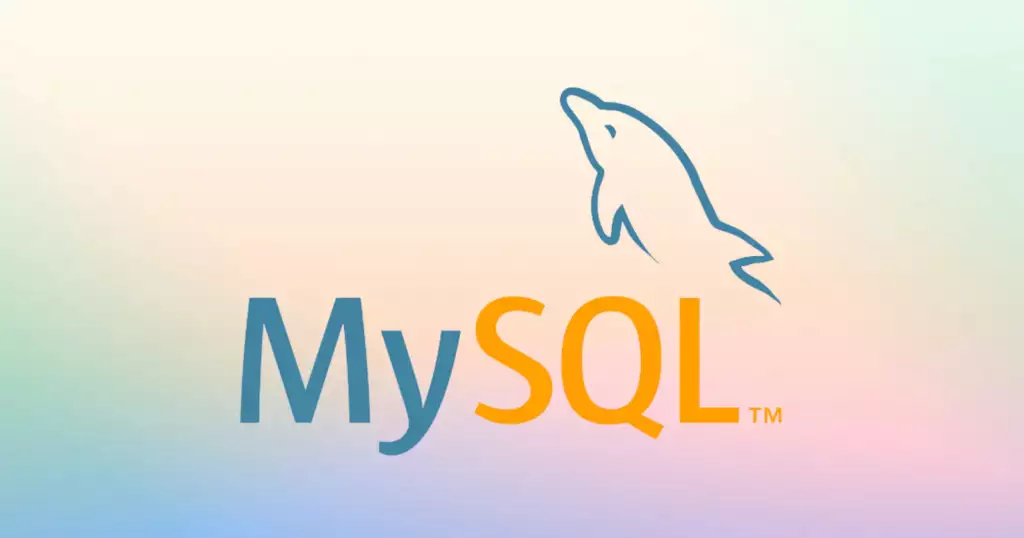
MySQL Features
Robust Data Security Measures
Renowned for robust data security features, MySQL offers diverse options for encrypted access control, enhancing overall database integrity and confidentiality. This ensures that crucial information remains safeguarded against unauthorized access, with MySQL’s encryption methods providing protection for data in use, in transit, and at rest. These measures significantly fortify the platform’s resilience against potential security breaches.
Diverse Data Type Compatibility
While PostgreSQL has its strengths, MySQL remains a formidable database supporting an extensive array of advanced data types, such as character, date/time, numeric, JSON, boolean, and enumerated. This diversity enhances MySQL’s flexibility, making it a robust choice for various data management needs.
Adaptable Indexing Capabilities
Distinguished by its extensive index functionality encompassing hash, R-tree, B-tree, and inverted indexes, MySQL stands as a powerful choice. Its adaptability is particularly noteworthy, facilitating efficient data retrieval and enhancing query speed. This makes MySQL well-suited for scenarios demanding diverse indexing algorithms tailored to specific data structures and access patterns.
Efficient High-Volume Transaction Management
Possessing robust transaction management capabilities, MySQL excels in handling substantial volumes of read/write transactions. Its proficiency in managing transactions makes it an excellent option for applications demanding high-performance transactional processing and concurrent data access. MySQL ensures data integrity, reliability, and effective concurrency control, solidifying its suitability for such scenarios.
Extensive Support Access
Customers have access to a diverse array of support resources, including an active community and the option to engage third-party vendors for paid assistance.
Benefits of Open-Source Software
The widespread adoption of MySQL can be credited to its availability as a free and open-source project.
Supported by Oracle
As part of Oracle’s ownership, MySQL undergoes continuous maintenance and enhancements, receiving new features, plugins, and extensions. Users benefit from comprehensive customer support, further bolstering the platform’s reliability. Oracle’s commitment to addressing evolving user needs and upholding MySQL’s reputation as a dependable and feature-rich relational database management system is evident in its dedication to both innovation and support.
Support from the Community
A dedicated team of volunteers provides valuable assistance in troubleshooting.
Use Cases
Web applications extensively utilize the MySQL database, a crucial component for the majority of servers. MySQL is the database of choice for non-WordPress entities like Joomla, TYPO3, and Drupal, where it functions as the central database, apart from serving as the preferred database for WordPress.
The reliability and effectiveness of MySQL as a database system are exemplified in the following instances:
OLTP Transactions
Excelling in Online Transaction Processing (OLTP) transactions, MySQL delivers precision and speed, seamlessly handling hundreds of requests per second with efficient scaling capabilities. MySQL provides robust support for essential transactions that adhere to the principles of Atomicity, Consistency, Isolation, and Durability (ACID). Its straightforward rollback mechanism ensures data integrity up to a checkpoint in the event of a system failure during a transaction.
LAMP Open-Source Stack
Applications that rely on MySQL are often built on the LAMP open-source software stack, consisting of Linux, Apache, MySQL, and PHP/Python/Perl. Widely utilized for web services, this stack is renowned for its ability to support dynamic web pages and high-performance online applications.
E-commerce Applications
MySQL is a favored choice for transactional operations in E-Commerce applications, showcasing its strengths in handling product catalogs, processing transactions, and managing client data. In e-commerce solutions, MySQL is often paired with non-relational databases, like document and key-value stores, simplifying order data synchronization and storage of non-product-related information.
PostgreSQL
PostgreSQL stands out prominently among open-source Object-Relational Database Management Systems (ORDBMS) due to its consistent development spanning over 30 years. What distinguishes PostgreSQL is its extensive feature set and “catalogue-driven” operation, setting it apart from other database management systems.
The inherent flexibility of PostgreSQL positions it as the ideal choice for high-volume and intricate data processing tasks that might pose challenges for MySQL. Notably, PostgreSQL’s customizability is significantly enhanced by allowing the creation of unique data types, index types, and functional languages, providing the ability to store detailed information about tables and columns.
In recognition of its exceptional performance and growth, PostgreSQL was honored with the Database of the Year Award in 2020, solidifying its status as the fastest-growing DBMS.
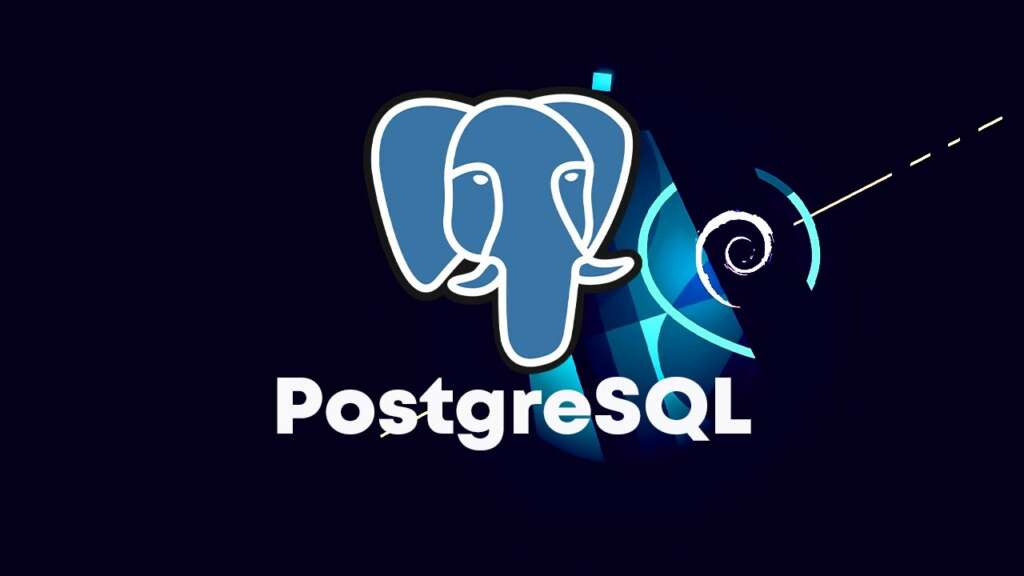
PostgreSQL Features
Object-Relational Database Management System (ORDBMS)
These systems excel in handling intricate and structured data types by seamlessly integrating both relational and object-oriented characteristics.
Flexible Customization Capabilities
PostgreSQL surpasses other database systems in features and capabilities due to its support for user-defined functions and stored procedures. Its significant flexibility in modifications extends to the creation of custom plugins tailored to specific requirements.
Wide Range of Data Types
PostgreSQL can manage a wide array of data types, including dates, numbers, texts, timestamps, and binary objects.
Scaling Capabilities
PostgreSQL’s seamless scalability positions it as a preferred choice for corporate applications and websites. Its design allows for the effortless accommodation of increasing workloads, making it a reliable option for enterprises seeking a database system that can adapt to evolving needs and performance requirements.
ACID-Compliant
Adhering to ACID standards, PostgreSQL facilitates highly parallel operations and supports NoSQL, a capability that MySQL began implementing with Version 8.0.
Open Source
Publicly accessible and open-source, PostgreSQL operates under a permissive license that grants users the freedom to use, modify, and distribute the DBMS as needed.
Frequent Updates
As of August 2023, the latest stable upgrade is Version 15.4.
Support from the Community
The PostgreSQL system is maintained and updated by a dedicated group of developers and volunteers through the PostgreSQL Global Development Group, fostering a sizable and vibrant support community. Additionally, users have access to private third-party support services.
Use Cases
PostgreSQL, standing just behind MySQL among the top five most used databases, has garnered widespread usage. Leading enterprises like Bloomberg, Goldman Sachs, and Nokia depend on PostgreSQL as their backend database system.
Given its immense versatility, PostgreSQL finds applications in various industries and fields. Here are a few examples of contemporary PostgreSQL applications.
Government GIS Data
A potent extension for PostgreSQL is “PostGIS,” designed to handle various geometric shapes, including line strings and points. PostGIS is optimized to minimize memory and disk footprint, enhancing query performance. This proves invaluable for government applications, particularly in emergency services, water infrastructure, and power sectors, where GIS plays a crucial role in staff navigation and locating resources under challenging circumstances.
Manufacturing
PostgreSQL stands out as an excellent choice for the industrial sector where efficient data storage is paramount, particularly in optimizing supply chain and storage operations. Its preference is attributed to features like practically zero-downtime upgrades, complete redundancy, configurable automatic failover, and adherence to ACID compliance, ensuring robust and reliable database management.
Web Technology
PostgreSQL holds greater value as a NoSQL-style data storage solution than a purely relational database. This unique feature enables users to seamlessly navigate between the relational and document-oriented domains within a single product. Replication capabilities make PostgreSQL compatible with various contemporary frameworks, such as Django (Python), Hibernate (Java), Ruby on Rails, and PHP. This flexibility allows websites to easily scale by incorporating new database servers as required.
Scientific Data
PostgreSQL serves as a robust SQL engine, demonstrating exceptional performance in research and scientific initiatives involving substantial data volumes. Its valuable extendibility and efficient handling of large datasets stand out. PostgreSQL’s utility is further enhanced through integration with programs like MATLAB and R, facilitating specific mathematical and aggregation operations.
MySQL vs. PostgreSQL
MySQL functioning as a relational database management system, facilitates the structuring of data into tables, serving as a foundational element for many dynamic websites, embedded technologies, and online applications. However, in contrast to MySQL, PostgreSQL boasts a richer feature set, offering enhanced parallelism, scalability, and flexibility in data formats.
Similarities between PostgreSQL and MySQL
Relational database management systems like PostgreSQL and MySQL utilize tables to store data associated by shared column values. The following is an illustration of this arrangement of data relationships in a table:
A university manages student information in a table named Students,encompassing columns for student_name, student_ID, and student_address.
They also manage data related to courses in a table named “Courses,” containing columns such as course_name and course_id.
In order to capture details about each student enrolled in various courses, the Student_Data database incorporates columns for student_id and course_id.
Both utilize SQL, or Structured Query Language, for accessing and modifying data.
Developer communities offer robust support for both open-source systems.
Both encompass built-in features for access control, data replication, and backup.
Distinguishing Features: PostgreSQL vs MySQL
ACID compliance
To safeguard database integrity from unforeseen errors, both MySQL and PostgreSQL implement the ACID principles, denoting Atomicity, Consistency, Isolation, and Durability. MySQL, when paired with features like Network Database Cluster or InnoDB, assures ACID compliance, ensuring the reliability and robustness of transactions. In contrast, PostgreSQL goes a step further by guaranteeing full ACID compliance across all configurations, solidifying its commitment to maintaining data consistency, isolation, and durability in varied deployment scenarios.
Connecting Globally: Worldwide Reach
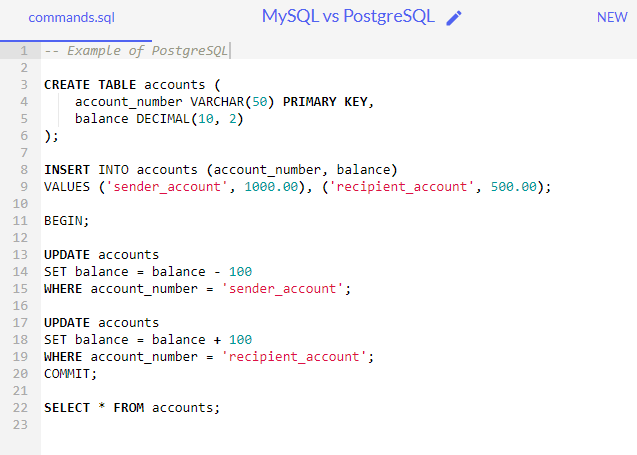
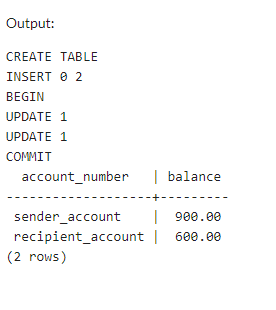
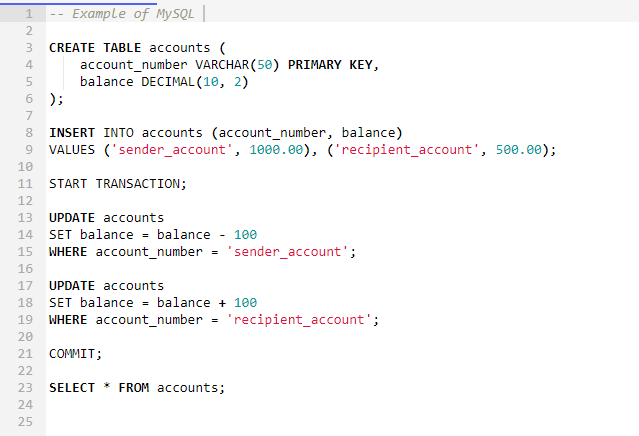

Managing Concurrent Operations
Multiversion Concurrency Control (MVCC) enables the secure simultaneous reading and updating of shared data by creating duplicate records. This advanced database functionality facilitates multiple users to view and edit the same data concurrently, ensuring data integrity is maintained. It is noteworthy that PostgreSQL supports MVCC, offering this capability, whereas MySQL does not provide native support for MVCC.
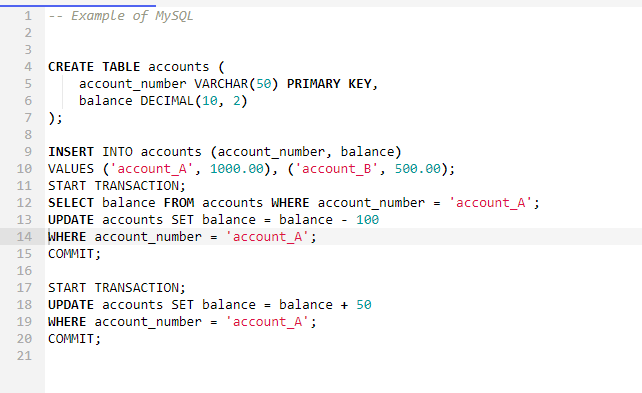
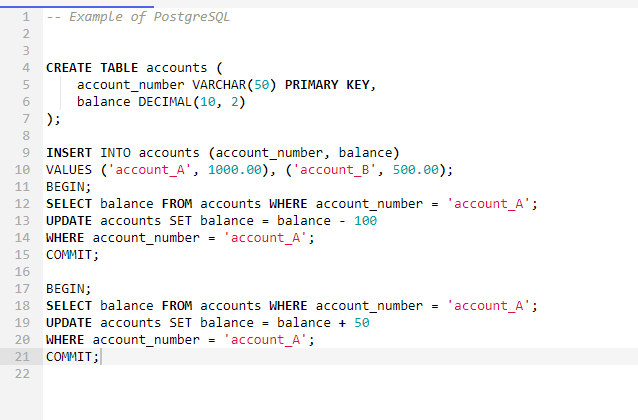

Indexes
Indexes play a crucial role in enhancing the speed of data retrieval by structuring commonly requested data differentially. While both PostgreSQL and MySQL employ indexes, PostgreSQL offers a more extensive array of options, including hash indexes, trees, expression indexes, and partial indexes. In contrast, MySQL focuses on streamlining B-tree and R-tree indexing, particularly advantageous for handling hierarchical data structures. This indexing strategy in MySQL enables more precise performance modifications as the database scales and evolves, ensuring efficient and scalable data access.
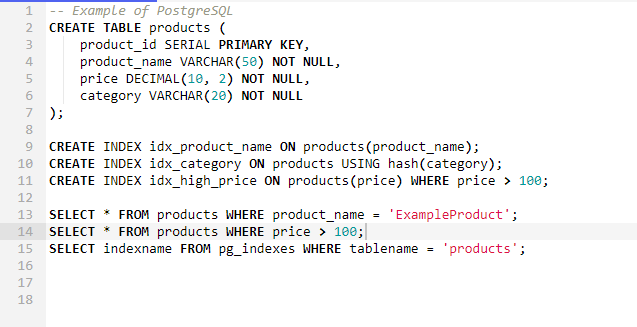
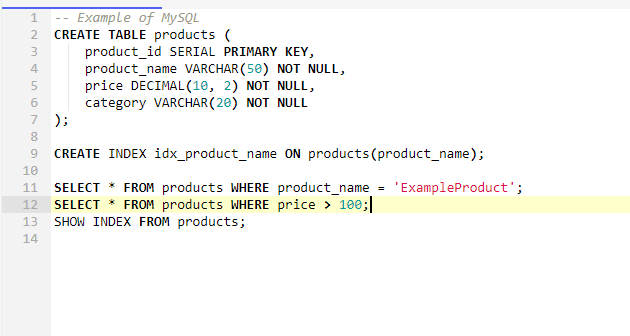
Data Types
PostgreSQL identifies itself as an object-relational database, distinguishing it from MySQL, which functions solely as a relational database. The unique feature of PostgreSQL is its ability to store data as objects with associated properties, eliminating the necessity for traditional relational structures. This flexibility is particularly advantageous in programming languages like Java and .NET, where objects are extensively used as a data type, simplifying the implementation of concepts such as inheritance and parent-child relationships.
Database developers may find a more user-friendly experience with PostgreSQL due to its comprehensive support for various data formats, including arrays and XML. This versatility enhances the adaptability of PostgreSQL to diverse application scenarios.
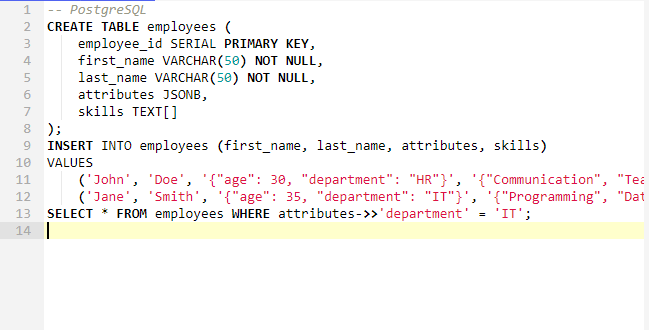
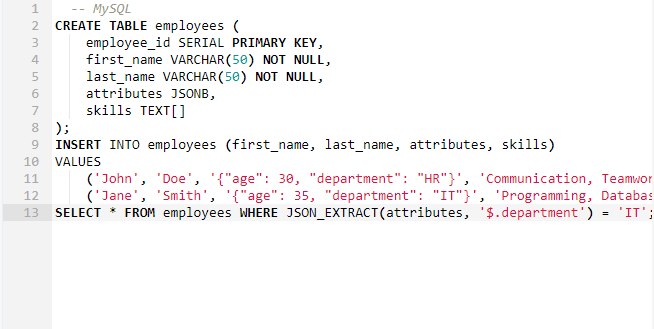
Views
A view represents a subset of pertinent data generated by the database system from multiple tables. While MySQL supports views, PostgreSQL provides more advanced capabilities in this regard. Particularly beneficial for intricate queries, like calculating total orders within a specified timeframe, PostgreSQL introduces materialized views that can precompute specific variables in advance, enhancing database speed and performance. This advanced feature in PostgreSQL contributes to more efficient and optimized handling of complex data scenarios.
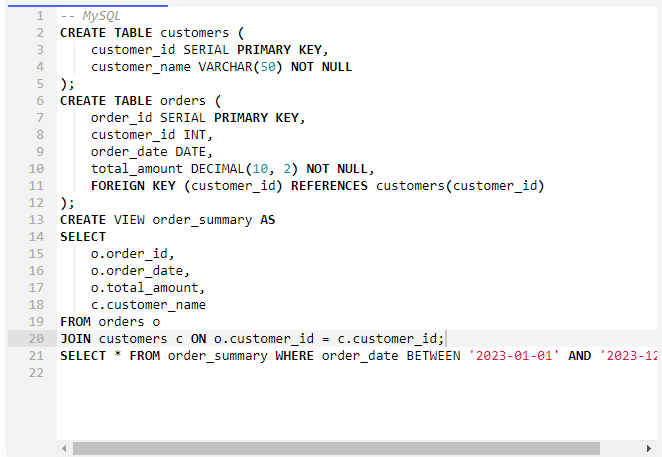

Stored Procedures
Efficiently managing repetitive maintenance tasks in a database can be achieved by developing and storing stored procedures, which consist of pre-defined SQL code statements or queries. While both PostgreSQL and MySQL support stored procedures, PostgreSQL stands out for its prowess in executing them.
Illustratively, consider a scenario where the goal is to calculate the total compensation of all employees whose pay exceeds a specified cap. In PostgreSQL, one can craft a stored procedure that showcases the database management system’s proficiency in executing processes written in scripting languages beyond SQL, providing a powerful and flexible solution to intricate data processing requirements.
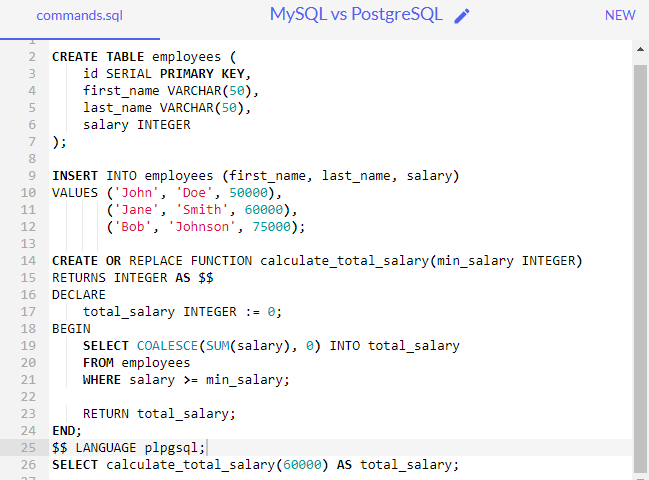
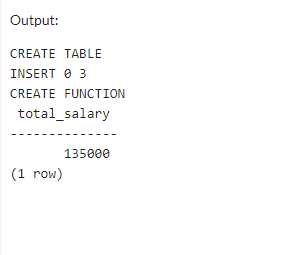
Triggers
A trigger is essentially an automated stored procedure initiated by specific events within a database management system. In MySQL, automation of procedures before or after changes to user data is facilitated through BEFORE and AFTER triggers, associated with SQL INSERT, UPDATE, and DELETE statements. In contrast, PostgreSQL provides users with the capability to employ functions for executing complex SQL queries by introducing the INSTEAD OF trigger. This divergent approach in trigger implementation allows for versatile and sophisticated event-driven functionalities in both MySQL and PostgreSQL.
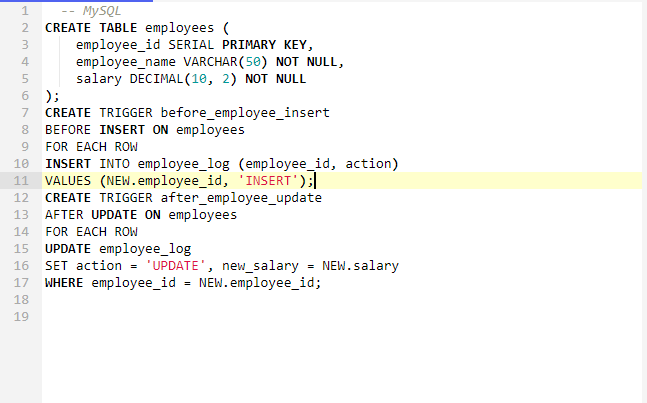
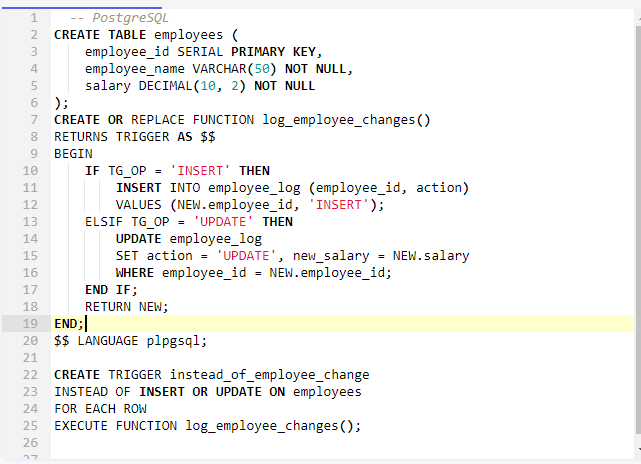
What factors should be considered when deciding between PostgreSQL and MySQL?
Consider the following aspects before making a final selection:
Application Scope
PostgreSQL is more suitable for enterprise applications characterized by a high volume of write operations and intricate query structures. In contrast, MySQL is a sensible choice when launching a prototype, developing internal applications for a smaller user base, or creating a data storage engine with a high read rate and minimal changes. The selection between PostgreSQL and MySQL depends on the specific project requirements, scalability needs, and the nature of operations, ensuring an optimal fit for different use cases and scenarios.
Experience of Database development
MySQL is notably more beginner-friendly, boasting a lower learning curve and requiring less time to initiate a new database project. Setting up MySQL, either independently or in tandem with other web development technologies like the LAMP stack, is straightforward.
In contrast, PostgreSQL can be more challenging for beginners, often demanding intricate infrastructure configuration and specialized troubleshooting knowledge. The learning curve for PostgreSQL is perceived to be steeper compared to MySQL, making it better suited for users with a more advanced understanding of database management and administration.
Performance requirements
MySQL excels in scenarios where applications predominantly involve data reading, benefiting from its enhanced read speed. In contrast, PostgreSQL stands out in situations that require rapid data changes due to its robust support for concurrent access and complex transactions. Development teams can tailor their database selection, opting for PostgreSQL or MySQL based on specific workload factors that align with their application’s needs.
Write Performance
Regarding write performance, MySQL’s use of write locks may lead to delays when multiple users modify a table simultaneously. Conversely, PostgreSQL, with its built-in MVCC support, performs admirably in scenarios involving concurrent write operations.
Read Performance
In terms of read performance, PostgreSQL demands a significant amount of RAM for each connected user, making it resource-intensive for a large user base. On the other hand, MySQL’s single-process strategy proves more efficient for applications primarily focused on reading and presenting data, making it a suitable choice in such scenarios. The decision between PostgreSQL and MySQL should be driven by a careful consideration of the specific demands and priorities of the application in question.
Differences Overview: PostgreSQL vs MySQL
Category
PostgreSQL
MySQL
Data Type
PostgreSQL not only supports all the data types available in MySQL but also introduces additional ones, such as geometric, enumerated, network address, arrays, ranges, XML, and composite. This extended range of data types enhances the versatility and flexibility of PostgreSQL for diverse application requirements.
MySQL, on the other hand, is proficient in handling various data formats, including JSON, character, date/time, geographic, and numeric. While MySQL provides a comprehensive set of data types, PostgreSQL’s inclusion of additional types broadens the spectrum of data management possibilities, catering to a wider range of use cases.
ACID Compliance
PostgreSQL always remains compatible with ACID standards.
MySQL only strictly complies with ACID standards when using the NDB Cluster and InnoDB storage engines.
Indexes
PostgreSQL offers a variety of index types, including expression, partial, and hash indexes, in addition to tree indexes.
MySQL simplifies the implementation of R-tree and B-tree indexing techniques.
Triggers
Advanced database capabilities like materialized views INSTEAD OF triggers and stored procedures in many languages are all supported to a great extent by PostgreSQL. MySQL does not fully support database functionality like views, triggers, and procedures.
Concurrency Control
PostgreSQL employs Multiversion Concurrency Control (MVCC), enabling multiple users to safely read and update the same data concurrently.
Multiversion Concurrency Control is not supported by MySQL (MVCC)
Stored Procedures
PostgreSQL enhances versatility by allowing the execution of stored procedures in languages beyond SQL.
MySQL, in contrast, supports only SQL stored procedures.
Enhancing PostgreSQL and MySQL with AWS Support
Amazon Web Services (AWS) offers a range of services for all of your PostgreSQL and MySQL needs.
Amazon RDS
Amazon Relational Database Service (Amazon RDS) is a suite of managed services designed to simplify the setup, operation, and scaling of relational databases in the cloud. With Amazon RDS for MySQL, users can swiftly deploy scalable MySQL servers with cost-effective and adjustable hardware capacity. Similarly, Amazon RDS for PostgreSQL streamlines deployment administration, managing tasks such as disaster recovery backups, software updates, and storage management. The advantages of utilizing Amazon RDS encompass the rapid deployment of scalable MySQL and PostgreSQL configurations, the ability to repurpose existing database-related code, applications, and tools, and efficient tracking of critical operational metrics, including compute memory and storage capacity utilization.
Amazon Aurora
Amazon Aurora, a cloud-native relational database management system, seamlessly integrates the speed and accessibility of premium commercial databases with the cost-effectiveness and user-friendly features of open-source databases, offering full compatibility with both MySQL and PostgreSQL.
Amazon EC2
Amazon Elastic Compute Cloud (Amazon EC2) offers an extensive and versatile computational platform with a diverse range of over 500 instances, featuring the latest options for operating systems, networking, storage, and CPUs. Users can customize models to align with the specific requirements of their workflows.
While Amazon EC2 allows you to run PostgreSQL and MySQL databases in the cloud, this approach requires manual handling of database management tasks, including scalability, patching, backups, infrastructure provisioning, and database setup and tuning.


